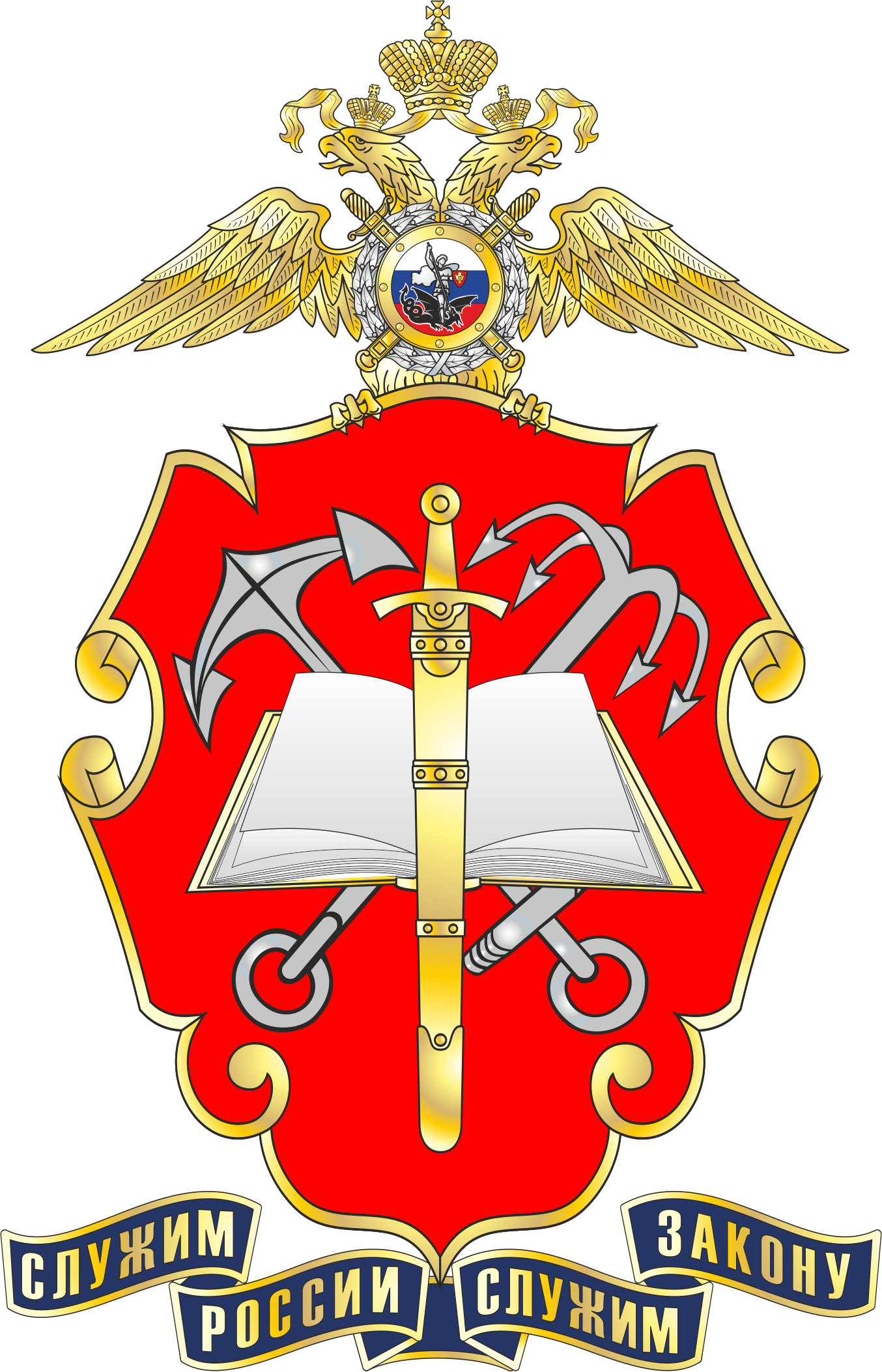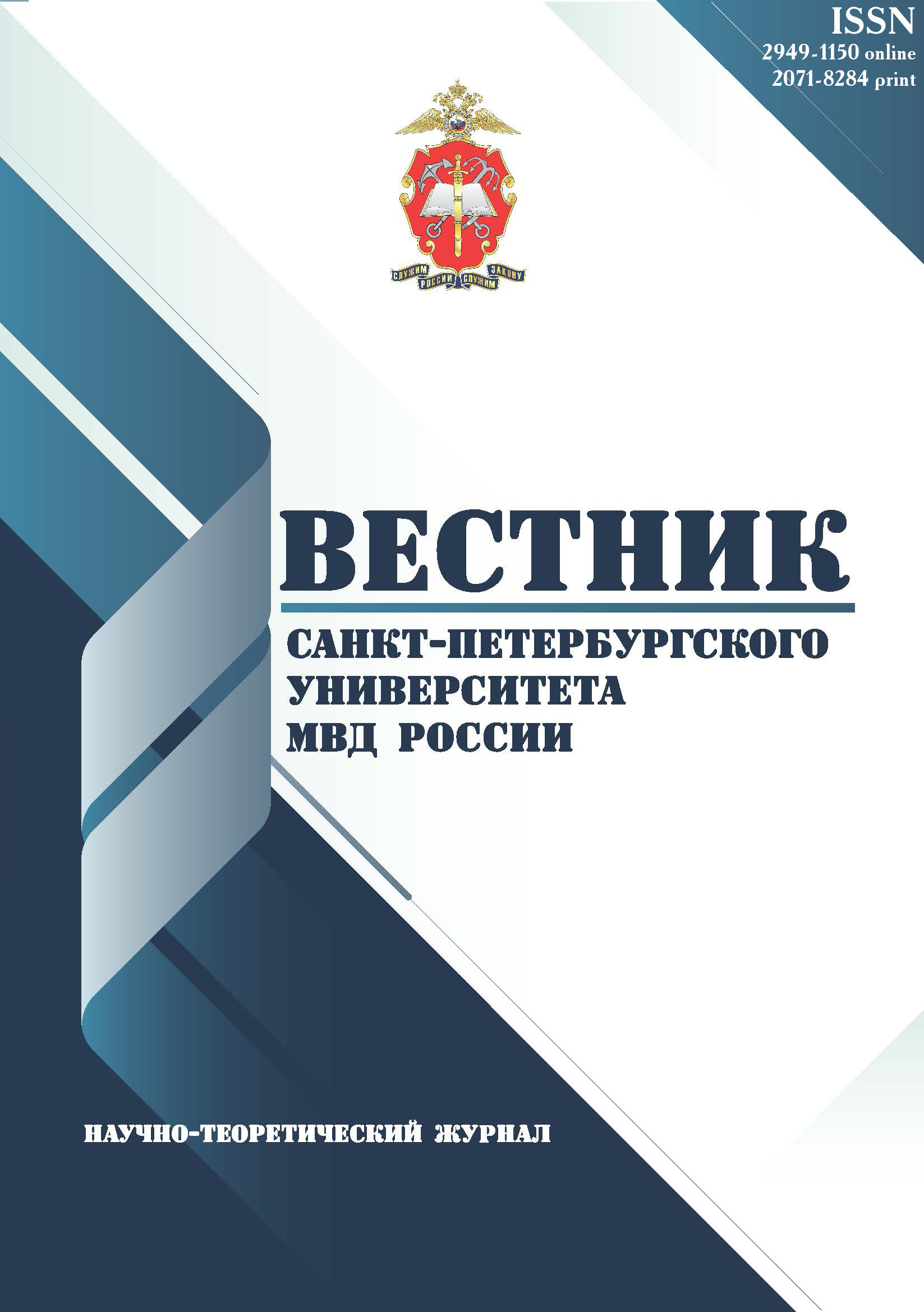Moskva, Moscow, Russian Federation
UDC 343.265
CSCSTI 10.77
Russian Classification of Professions by Education 40.06.01
Russian Library and Bibliographic Classification 674
Russian Trade and Bibliographic Classification 758
BISAC LAW025000 Courts
Exemption from criminal punishment is one of the intersectoral legal institutions necessary for the full implementation of the reduction of repression principle. The accumulated judicial experience makes it a pressing task to conduct a holistic statistical analysis of judicial practice in order to identify and reveal the leading trends and patterns in the functioning of the institution of exemption from punishment. Such studies have not been carried out in modern Russian science to date. The article presents a first approach to the analysis of official statistical data reflecting the court positions on the exemption from the punishment. The data shows that the scale of exemption from punishment remains stable and the institution is applied mainly and regularly at the stage of execution of the sentence. The study also lets us identify five models of exemption from punishment: extrajudicial, imperative, clinical, social-riskological, and criminal-riskological. Concurrently in the last five years, there have been some important changes in the structure of court practice: amid the decline in the number of amnestied persons, the number of persons released from punishment in an individual judicial order naturally grows, which leads to a certain adjustment in the scale of application of these models. The main shifts are observed in the increase of the proportion of persons imperatively exempted from punishment at the stage of sentencing due to miscalculations and errors in the preliminary investigation of the crime, as well as in an increase of the proportion of persons whose exemption is based on the ideas of riskological justice. As a result, it has been found that specifically, the riskological model of exemption from punishment at the stage of execution of the sentence constitutes the main array of judicial practice, which meaningfully predetermines the directions for its further analysis and improvement.
judicial practice, judicial statistics, exemption from criminal punishment, typology of exemption from punishment, criminal riskology
1. Bavsun M. V. Celesoobraznost' v ugolovnom prave. - Omsk: Omskaya akademiya MVD Rossii, 2004. - 172 s.
2. Tolkachenko A. A. Mezhotraslevye aspekty sovremennogo ugolovno-pravovogo regulirovaniya // Ugolovnoe pravo. - 2015. - № 2. - S. 85-93.
3. Tolkachenko A. A. Mezhotraslevye aspekty sovremennoy ugolovnoy politiki // Rossiyskoe pravosudie. - 2015. - № 3 (107). - S. 74-81.
4. Babaev M. M., Kruter M. S. Molodezhnaya prestupnost'. - Moskva: Yurist, 2006. - 381 s.
5. Tolkachenko A. A. Tipichnye oshibki i nedostatki sledstviya s tochki zreniya sudov // Ugolovnyy process. - 2014. - № 9 (117). - S. 10-23.
6. Grishko A. Ya. Amnistiya. Pomilovanie. - Moskva: Logos, 2014. - 236 s.
7. Babaev M. M., Pudovochkin Yu. E. Ocherki kriminal'noy riskologii. - Moskva: Yurlitin-form, 2021. - 368 s.
8. Stepashin V. M. Soderzhanie principa ekonomii repressii // Lex Russica. - 2017. - № 11. - S. 24-37.
9. Stepashin V. M. Ekonomiya repressii i principy institutov ugolovnogo prava // Vestnik OmGU. Seriya: Pravo. - 2018. - № 1. - S. 166-169.
10. Babayan S. L. Osvobozhdenie ot otbyvaniya nakazaniya: problemy i puti sovershenstvovaniya // Ugolovno-ispolnitel'noe pravo. - 2018. - T. 13 (1-4), № 3. - S. 309-314.














